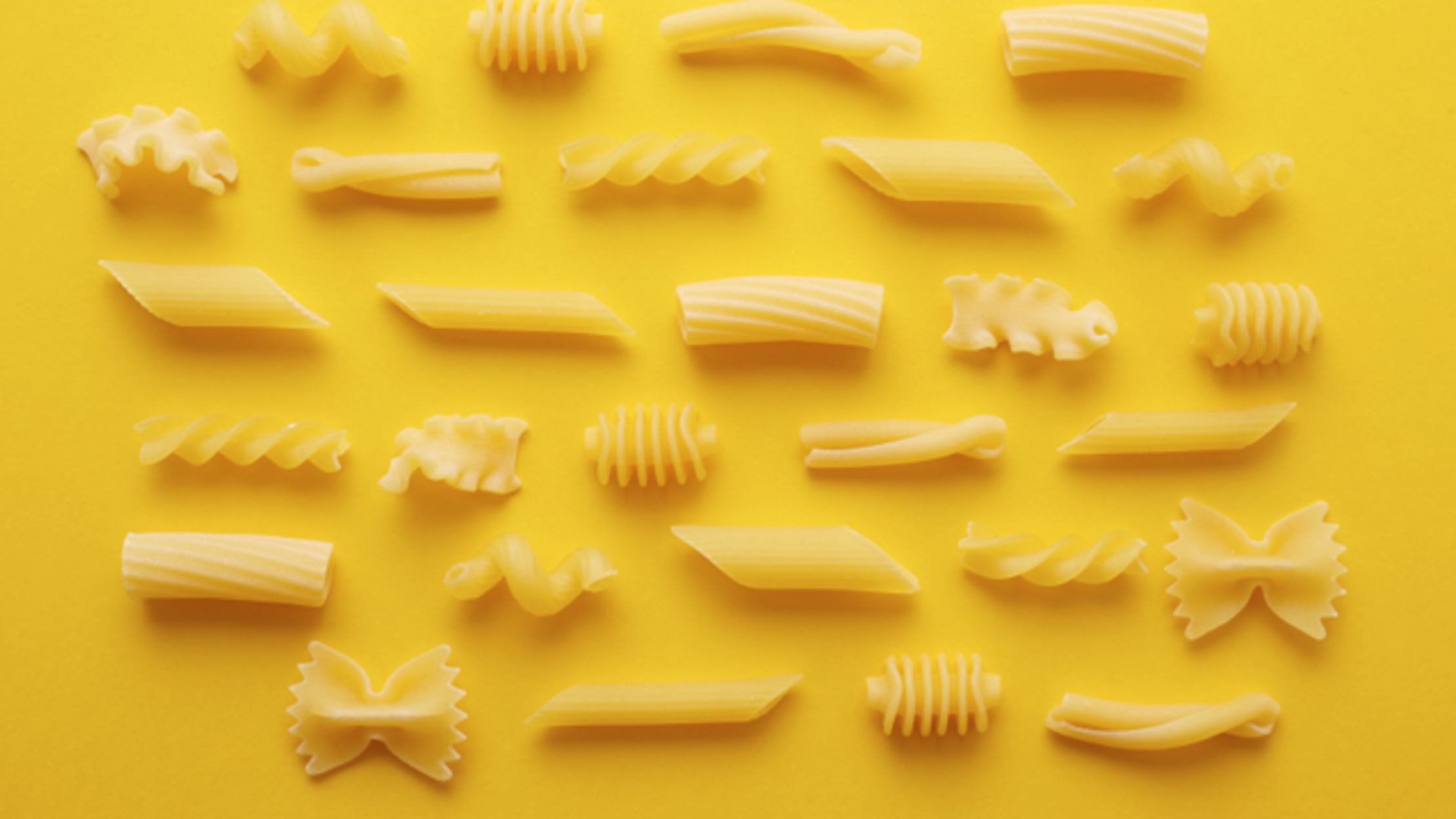


Pronounced metz-eh-loon-eh.ĭescription: Literally ‘half moon’ pasta. Sauces will get stuck in the ‘spokes’, which are also good for catching peas.īest eaten with: Perfect in pasta salads, and with chunky sauces. Shaped like wagon wheels, they’re very small so are perfect for little appetites. Pronounced roo-OH-tay.ĭescription: One for the kids. This pumpkin cannelloni is one of our favourite recipes. Extra cheese is scattered on top, like with a lasagne. The pasta is formed into large, hollow tubesīest eaten with: Cannelloni always comes stuffed with something or other – meat, cheese, or a seafood mixture usually, then is covered with a sauce and baked. Pronounced CAN-eh-lone-ee.ĭescription: Translates to ‘big reeds’ in Italian. You could also try fettuccine con verdure with seasonal vegetables. Fettuccine alfredo, one of the most common dishes to use this pasta, is made with a rich butter, cream, and Parmigiano-Reggiano cheese sauce. Some say that fettuccine originated in Rome, although nowadays you’re more likely to find it spelt ‘fettuccin i’, because of America’s obsession with it.īest eaten with: Rich and creamy sauces. Probably one of the most popular pasta shapes, because it provides such a great surface for catching sauces. Pronounced feh-too-CHEE-nay.ĭescription: Made from flat sheets of pasta, cut into ribbon-shaped strands. Mini farfalle are made for use in soups, too. Good in cold pasta salads, or warm main meals with a light and creamy sauce. Fondly referred to as bow pasta, or butterfly pasta (we think they look more like the former), they are essentially rectangular pieces of pasta pinched in the middle.īest eaten with: Very versatile this one. Pronounced far-FAH-leh.ĭescription: Farfalle dates back to the 1500s and was first eaten in the Lombardy region of north Italy. Don’t forget to top with a grating of Pecorino cheese. The locals love the light, spicy sauce with pancetta and red pepper flakes. There’s a thin, straw-like hole down the centre of each strand, and this type of pasta originated in central Italy.īest eaten with: Try bucatini alla’matriciana when in Rome. Pronounced boo-cah-TEE-nee.ĭescription: Coming from the word ‘buco’, meaning ‘hole’ in Italian, bucatini is thicker than regular spaghetti pasta and is great for twisting round one’s fork. Simply tossed with a glug of good olive oil is nice, too. It only takes two minutes to boil.īest eaten with: Generally speaking, angel hair should be eaten alongside delicate tomato or broth-based sauces the Neapolitans serve it only with shrimp and vegetables. Pronounced cap-eh-lee dah-anj-eh-lo.ĭescription: The thinnest of all pasta, it comes in long, delicate strands and is often used in Asian cooking too. So while it's not a straightforward topic, this guide might help you find new types of pasta to try in your cooking. Some shapes are very similar to one another, and you may even find that the names for something that looks identical will change from region to region in Italy. Here we've rounded up some of the most common types beyond the store cupboard staples of spaghetti, linguini and fusilli. There are hundreds of different pasta shapes out there, to complement hundreds of recipes. Dried pasta can stand up to baked pasta recipes and thicker sauces, like Ree's meaty spaghetti sauce, while fresh pastas are perfect for a light and healthy pasta recipe.Confuse your fettucini with your farfalle? This guide will tell you everything you need to know. You can also decide between dry pasta (which has a distinct chewy texture) and fresh pasta (which is often softer and quicker to cook). When shopping for your Italian dinner menu, you can choose from flat pastas, tube pastas, tiny pastas, and even stuffed pastas. For instance, the thin strands of capellini are perfect for serving with a light and creamy shrimp pasta recipe and the tiny grain-like shape of orzo pasta is great for making pasta salads. But depending on your pasta recipe, the size, shape, and texture of the pasta all play a role in which type you should use.Ĭonsider the final dish before you pick out which pasta to make. Whether it's classic pasta shapes or fun new variations with twists and ruffles, there are so many different options to choose from in the world of pasta. With more than 600 different pasta shapes, it's no wonder Ree Drummond makes pasta one of her go-to easy dinners during the week! "If I were stranded on a desert island and could choose only one category of food to eat the rest of my life, I'd pick pasta hands down," she says.


 0 kommentar(er)
0 kommentar(er)
